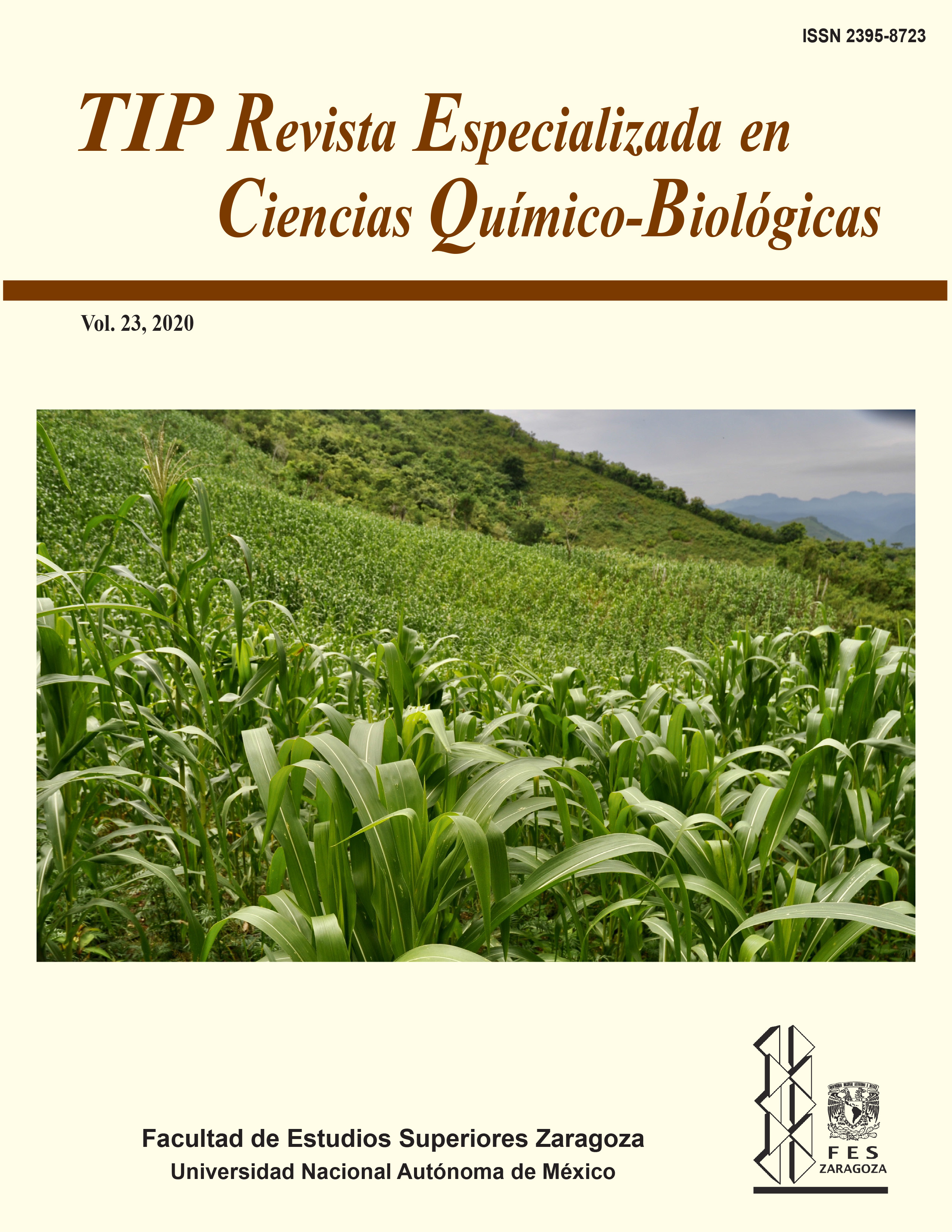Abstract
This paper is a review that shows the impact that the use of medicinal plants has on human health. Since antiquity by tradition the majority use of some plant families was extended as the Lamiaceae that stands out for its aromatic properties and culinary application in many cultures, as well as in the treatment and prevention of a wide variety of diseases and ailments. Among the species belonging to this family is rosemary (Rosmarinus officinalis) a plant that has gained importance in the field of research for its biological attributes such as: anti-inflammatory, antimicrobial, antioxidant and anticancer, among others; results due to its secondary metabolites such as: carnosic acid, carnosol, rosmaric acid and camphor, among others, with a potential effect when applied. Some methodologies that seek the extraction of biologically active components of rosemary are also mentioned.
TIP Magazine Specialized in Chemical-Biological Sciences, distributed under Creative Commons License: Attribution + Noncommercial + NoDerivatives 4.0 International.



